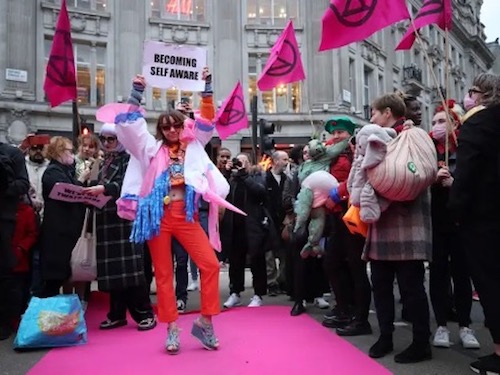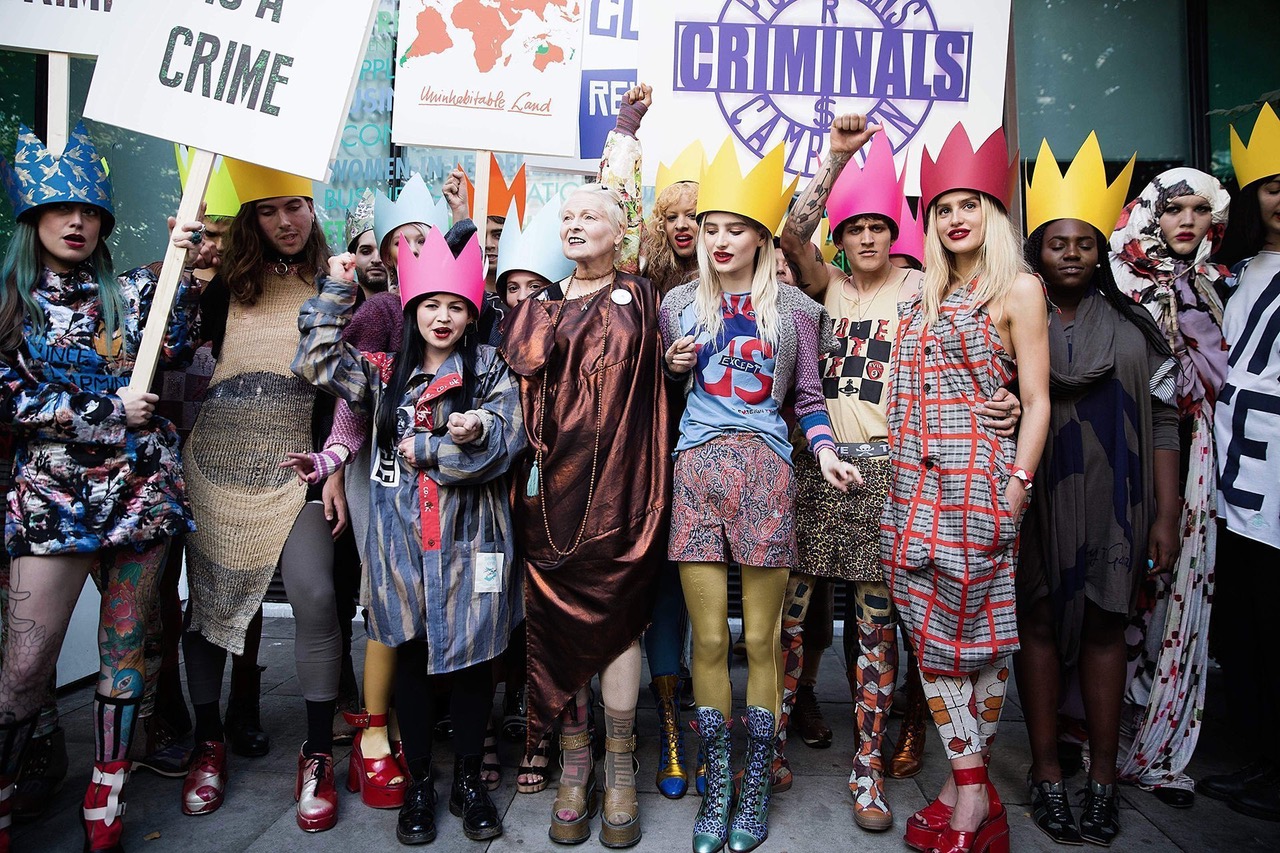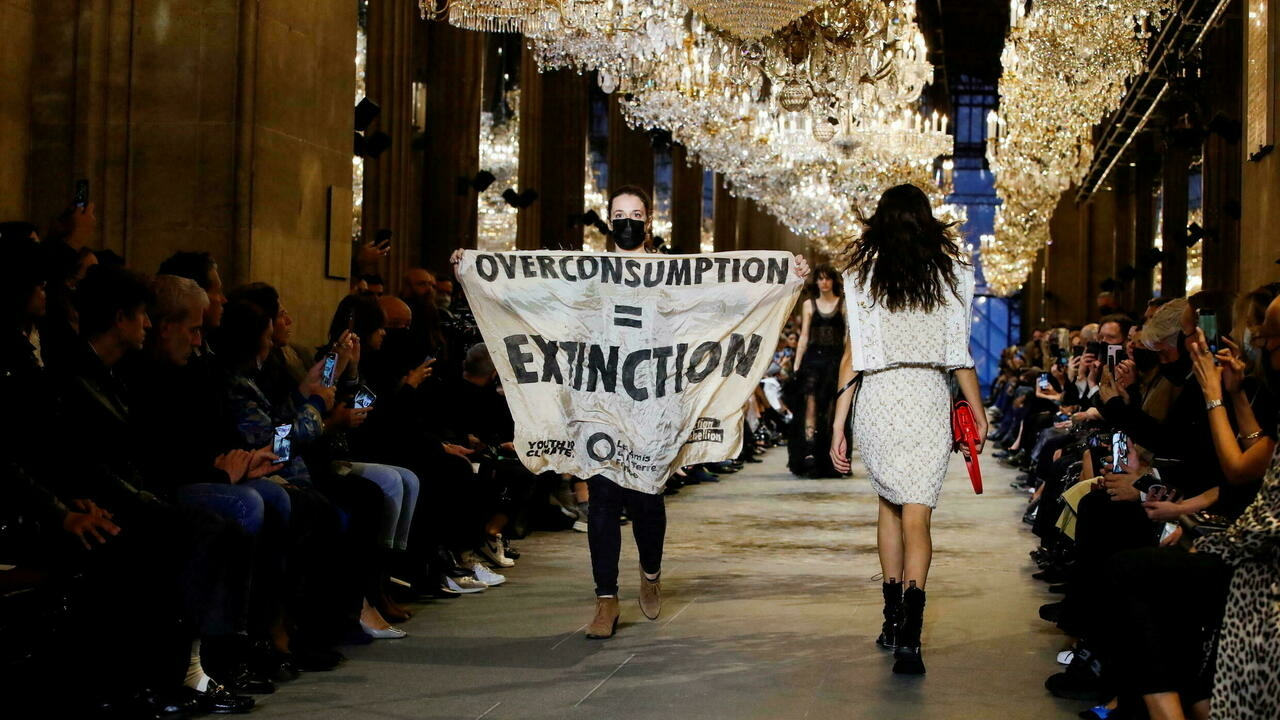Search
To search for an exact match, type the word or phrase you want in quotation marks.
A*DESK has been offering since 2002 contents about criticism and contemporary art. A*DESK has become consolidated thanks to all those who have believed in the project, all those who have followed us, debating, participating and collaborating. Many people have collaborated with A*DESK, and continue to do so. Their efforts, knowledge and belief in the project are what make it grow internationally. At A*DESK we have also generated work for over one hundred professionals in culture, from small collaborations with reviews and classes, to more prolonged and intense collaborations.
At A*DESK we believe in the need for free and universal access to culture and knowledge. We want to carry on being independent, remaining open to more ideas and opinions. If you believe in A*DESK, we need your backing to be able to continue. You can now participate in the project by supporting it. You can choose how much you want to contribute to the project.
You can decide how much you want to bring to the project.

The intersection of haute couture and social justice is inherently peculiar, even potentially disturbing; why would luxury fashion houses choose to be associated with subversive political potential? We know that these brands do not represent radical societal transformation, but in fact quite the opposite (given their enduring affiliation with inordinate wealth and prestige)–so why the illusion?
Leave us in peace to gawk at the new Margiela while the world burns!
…
Nearing the end of the 20thcentury, the pristine and impermeable case of haute couture was shattered by the elevated status of popular culture and contemporary digitised media. Owing to an incremental osmosis of cultural references, the diffusion of fashion was not only a trickle-down process but one of trickle-up and trickle-across. Consequently, haute couturebecame more susceptible to imminent dialectical tensions between its aversion to and fetishization of grassroots cultures.To this day, accusations of cultural mis-appropriation, glamorisation of suffering and greenwashing are common-place. For the industry of high fashion any facet of culture is perceived as fair game to be adopted, dissolved of original meaning and re-envisioned into its purely aestheticised counterpart, its resemblance to the original source lies in appearance and nothing else.
This complex may be partly attributed to the postmodern phenomenon of semiotic fragmentation; following what Derrida terms the ‘radical indeterminacy of meaning’, signifiers no longer bear logical relation to their signified. For instance, modes of dress that used to correlate to particular class identities are now employed in haphazard, de-historicised ways by haute couture brands, as the cursory guiseof a Spring/Summer collection; the aestheticisation of a tangible material reality. From designers like Vivienne Westwood and Rei Kawakubo, who’s punk hued ragged creationshave been criticised for ephemeralising poverty to the extremes of John Galliano’s 2000 Dior collection that took directstyle inspiration from the homeless population of Paris, for the past two decades we have beheld fashion as the controversial vessel of hauntological bricolage.

Vivienne Westwood at 2016 Red Label show protests against shale gas fracking
According to Mark Fisher, this flurry of referents, once disentangled from its original context, becomes promptly subsumed by the neoliberal matrix. Westwood prioritises climate activism in her work, yet whatever lofty aspirations a designer may espouse, they are limited by their position as a brand ambassador whose ultimate purpose is to hock their wears to the next trendsetting denizen. The new ‘ethical turn’ in fashion integrates social critique as ethical capital wherein social hierarchies remain intact despite economic restructuring under the so-called banner of ecology or social justice. For example, Westwood and Fendi’s involvement in the UN Ethical Fashion Initiative proclaimed ‘female empowerment’ for workers who came from marginalised communities in Africa. Yet as Elke Gaugele highlights ‘the simple economic act of renumerating people acceptably for their labour is transformed into a performative act of class hierarchy.’ The very rubric of activism becomes decontextualised, misrepresented and aestheticised. How can real social hierarchies be dismantled when the market commodifies all forms of dissent? Does all fashion activism devolve into political performativity?
Unsurprisingly, we can expect very little radical impetus from fashion, specifically haute couturelabels,whose prominent position lies in the pockets of the ludicrously wealthy. However, this gaping inconsistency is hard to ignore among the frequent collaborations between high fashion houses and the special social justice flavour of the day. The ‘new luxury’ is ethical and we live in an epoch where ethical capital attracts savvy consumers. Gen Z, a prominent cultural touchstone, are the most politically charged generation yet; according to research by the Institute of Economic Affairs, two thirds of young Britons want to live under a socialist system; being ideologically left is indeed perceived as cool. Yet, by aestheticizing subversive politics, are luxury brands simply paying lip service to activist spaces? Absolutely yes, and yet, perhaps therein lies the crux; fashion occupies a curious space in the cultural imaginary ‘between the fictionality of performance and the effectiveness of performativity.’ In their recent study, Kollnitz and Pecorari assert that fashion enacts both self-conscious acts (performance) and unconscious occurrences which precede the subject (performativity), it engenders both collective action and individual forms of self-representation[1]KOLLNIZT, Andrea and PECORARI, Marco, Fashion, Performance and Performativity: The Complex Spaces of Fashion (Bloomsbury, 2021). This is apparent in the TikTok subcultures (over 600 in total) that encourage its majority Gen Z members to curate a lifestyle philosophy around a particular aesthetic which, by nature, remains partly fictive or performed. It is the material embodiment of subcultures by means of re-assembling the debris of aesthetic referents through cyberspace. This form of aesthetic consumption provides new and innovatory ways to participate in visually oriented communities, many of which carry subversive political potential.

Extinction Rebellion protester crashes 2021 Luis Vuitton show at Paris Fashion Week
Since fashion is both a discursive and materially embodied practice, it begets the kind of flawed performative activism that is only effective if the ‘right’ objects arise in the ‘right’ context’[2]Ibid. The potential of a particular garment relies on its model, the setting and its time of exposition. This complex array of factors can transmute an act of dress from astute to tone-deaf in an instant, begging the question: how can we endow anything with value amidst this state of semiotic fracturing? According to Pierre Bordieu in his seminal essay Haute Couture and Haute Culture, value is derived through a suspense of belief in that specialist field, a belief in magic, whereby the holder of this divine conch is deemed deserving only when and if we all fervently believe in the power of that very conch. Therefore, Dior’s battle criesfor the de-assemblage of the patriarchy is devoid of meaning because it’s devoid of context. The same sentiment (without the sex negative undertones) elicited by the mouth of Angela Davis would be dissimilar. Nevertheless, this does not extend to the intertextuality of frameworks –if Angela Davis attended the Met Gala to deliver a talk on abolitionist feminism, we would be left similarly baffled; as the wielder of wands, the consecrated place is crucially important. This is why, when Alexandria Ocasio Cortez used the same tactic to spark a meta-discourse about the wealth tax, our minds boggled. Was it disruptive, or simply dissonance?
The implied sanctification of themystic guru and sacred temple is what makes a garment high fashion, what makes an object art –Tracy Emin’s bed at the Tate was art, Maurizio Cattelan’s duct tape banana in Art Basel Miami Beach was art (whether or not these moments may provoke mass heresy). A custom-made Dior vest worn at the Met Gala can be called haute couture, even haute-advertising, but it should never pretend to be radical social commentary. Given the structures upon which it stands, haute couture has no business preaching the gospel of wokeness, their bible is laden with numbers not scripture.
(Cover photo: Extinction Rebellion Catwalk demonstration against London Fashion Week at Oxford Circus in 2019.)

Sorcha Brennan is a recent graduate of European Studies from Trinity College Dublin. Her research focalizes both the extraction and application of feminist epistemologies and critical theory to visual art. She has worked in publishing, cultural events and lately at the Venice Biennale.
"A desk is a dangerous place from which to watch the world" (John Le Carré)